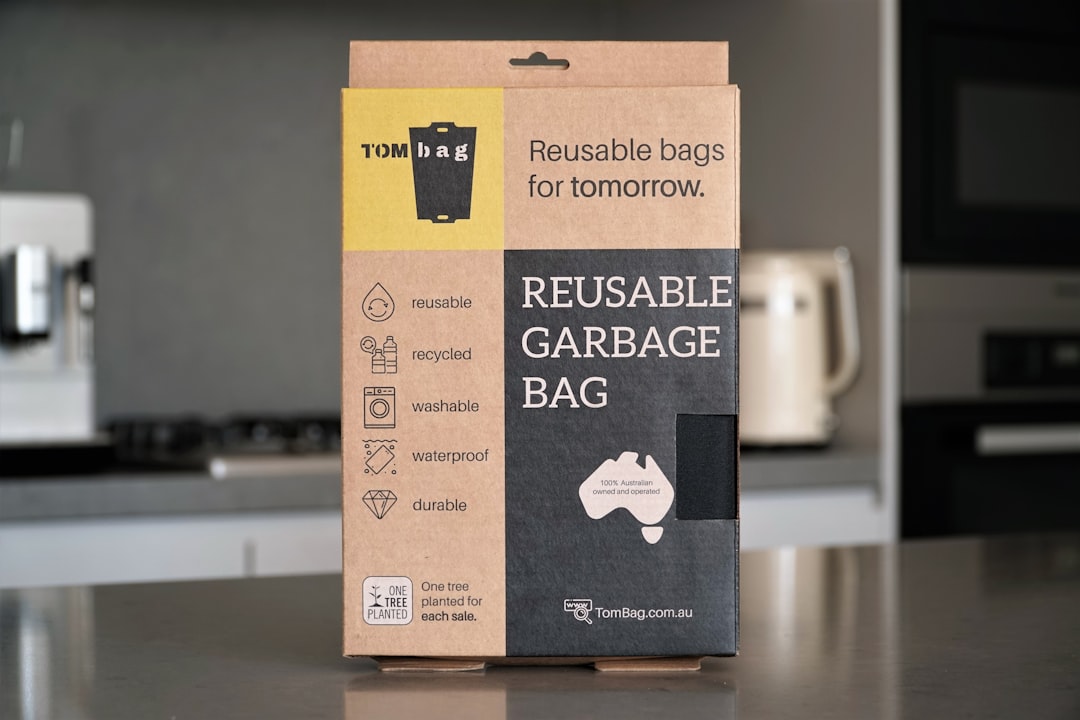“`html
Sustainable Packaging Becomes Mandatory: A Tipping Point for the Planet
The pressure on businesses to ditch polluting packaging is ramping up. Forget optional “eco-friendly” options; in many places around the world, sustainable packaging is becoming the only game in town. We’re talking about a significant shift driven by environmental concerns and increasingly strict regulations. It’s no longer a niche marketing strategy; it’s a critical business imperative for survival and growth.
Why the Sudden Shift?
The move towards mandatory sustainable packaging isn’t happening in a vacuum. Several factors are converging to force this change:
- Mounting Plastic Waste: The sheer volume of plastic waste clogging our landfills and polluting our oceans is reaching crisis levels. Images of marine life entangled in plastic debris are becoming commonplace, galvanizing public opinion and political action. Reports from organizations like UNEP (United Nations Environment Programme) highlight the devastating consequences.
- Climate Change Concerns: The production of traditional packaging, especially plastics derived from fossil fuels, contributes significantly to greenhouse gas emissions. Reducing our reliance on these materials is crucial for meeting climate targets.
- Consumer Demand: Consumers are increasingly aware of the environmental impact of their purchases and are demanding more sustainable options. They’re willing to pay a premium for eco-friendly products and are actively boycotting brands that fail to address their concerns.
- Government Regulations: Governments are responding to public pressure and scientific evidence by implementing stricter regulations on packaging. Extended Producer Responsibility (EPR) schemes, taxes on single-use plastics, and outright bans on certain materials are becoming increasingly common.
The Impact on Businesses: Navigating a New Landscape
Mandatory sustainable packaging presents both challenges and opportunities for businesses. The immediate impact is a need for significant investment and adaptation. Companies need to:
- Re-evaluate Packaging Materials: Traditional plastics need to be replaced with more sustainable alternatives, such as recycled plastics, paper-based materials, compostable materials, and innovative bio-based plastics. This often involves significant research and development.
- Redesign Packaging Processes: Simply swapping materials isn’t enough. Packaging designs need to be optimized for recyclability and compostability. This may involve reducing the amount of material used, eliminating mixed-material packaging, and using water-based inks.
- Invest in New Technologies: Companies may need to invest in new equipment and processes to handle sustainable packaging materials. This could include machinery for molding compostable plastics, printing with water-based inks, or implementing automated sorting systems for recyclables.
- Collaborate with Suppliers: Securing a reliable supply of sustainable packaging materials requires close collaboration with suppliers. This involves building long-term partnerships and working together to develop innovative solutions.
However, embracing sustainable packaging also unlocks opportunities:
- Enhanced Brand Reputation: Sustainability is a major selling point. Companies that demonstrate a commitment to eco-friendly practices can enhance their brand reputation and attract environmentally conscious consumers.
- Competitive Advantage: In a market where sustainable packaging is becoming mandatory, companies that proactively adopt these practices gain a competitive edge. They’re better positioned to meet regulatory requirements and capture market share.
- Cost Savings: While the initial investment may be higher, sustainable packaging can lead to long-term cost savings. For example, reducing the amount of material used can lower packaging costs, and using recycled materials can reduce reliance on virgin resources. Moreover, avoiding fines for non-compliance with regulations can significantly impact the bottom line.
- Innovation and New Markets: The shift to sustainable packaging is driving innovation in materials science and packaging design. This can lead to the development of new products and services, opening up new markets and revenue streams.
Examples of Sustainable Packaging in Action
We’re already seeing innovative solutions emerge:
- Mushroom Packaging: Companies are growing packaging from mycelium, the root structure of mushrooms. This material is biodegradable and compostable, offering a sustainable alternative to polystyrene.
- Seaweed Packaging: Edible and biodegradable packaging made from seaweed is gaining traction, particularly for food products.
- Plantable Packaging: Packaging embedded with seeds allows consumers to plant the packaging after use, creating wildflowers or herbs.
- Reusable Packaging Systems: Companies are implementing systems where consumers return packaging for cleaning and reuse, reducing waste and promoting a circular economy.
The Future Outlook: A Circular Economy for Packaging
The trend towards mandatory sustainable packaging is set to accelerate. We can expect to see:
- Stricter Regulations: Governments will continue to tighten regulations on packaging, phasing out problematic materials and implementing stronger enforcement mechanisms. The EU’s Circular Economy Action Plan is a prime example of this trend.
- Increased Investment in R&D: Companies and research institutions will invest heavily in developing new and improved sustainable packaging materials and technologies.
- Greater Collaboration: Collaboration between businesses, governments, and consumers will be essential for creating a truly sustainable packaging system. This includes sharing best practices, developing common standards, and educating consumers about proper disposal methods.
- A Shift to a Circular Economy: The ultimate goal is to create a circular economy for packaging, where materials are kept in use for as long as possible, minimizing waste and maximizing resource efficiency. This requires a fundamental shift in the way we design, produce, use, and dispose of packaging.
Ultimately, the move to mandatory sustainable packaging represents a fundamental shift in our approach to resource management and environmental responsibility. While challenges remain, the potential benefits for the planet and for businesses are undeniable. The time for hesitant steps is over; bold action and innovation are now required to build a more sustainable future for packaging.
“`

